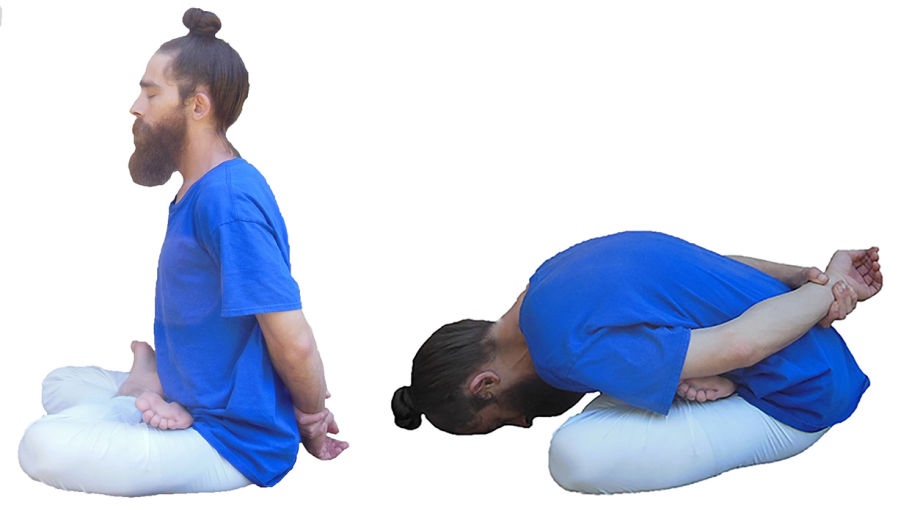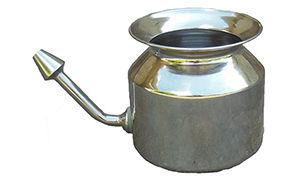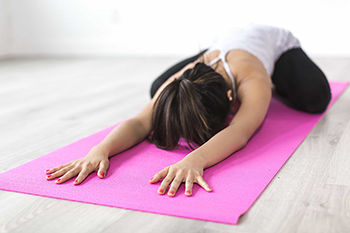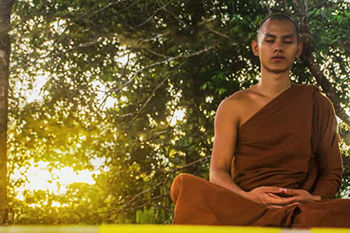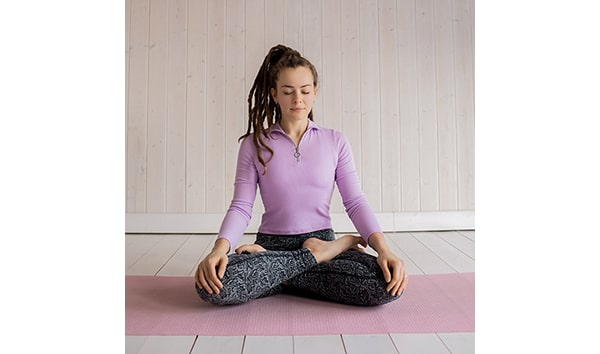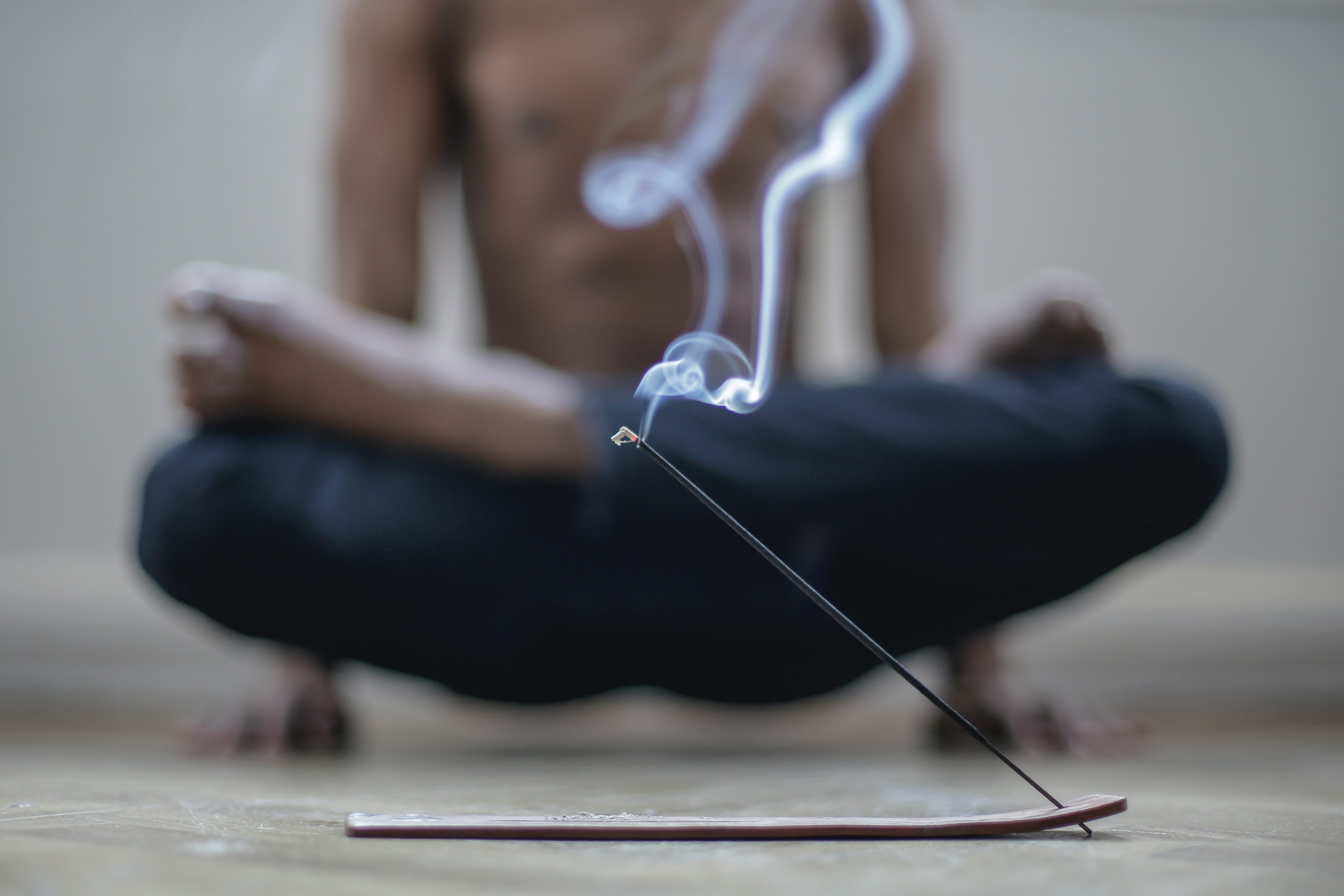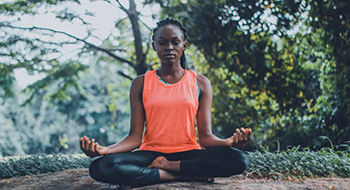In Sanskrit, Yoga means "union" and Mudra means "gesture." This Mudra is a Kaya Mudra meaning "postural gesture" practice and is described in the Hatha Yoga Pradipika, Gheranda Samhita as well as the Shiva Samhita.
This practice gets its name because the practitioner unites the Individual Consciousness with the Supreme Consciousness.
While preforming this practice, keep the breath synchronized with the movements and keep the movements harmonious and smooth.
This practice unites the Individual Consciousness with the Supreme Consciousness, the outer world with the inner world.
